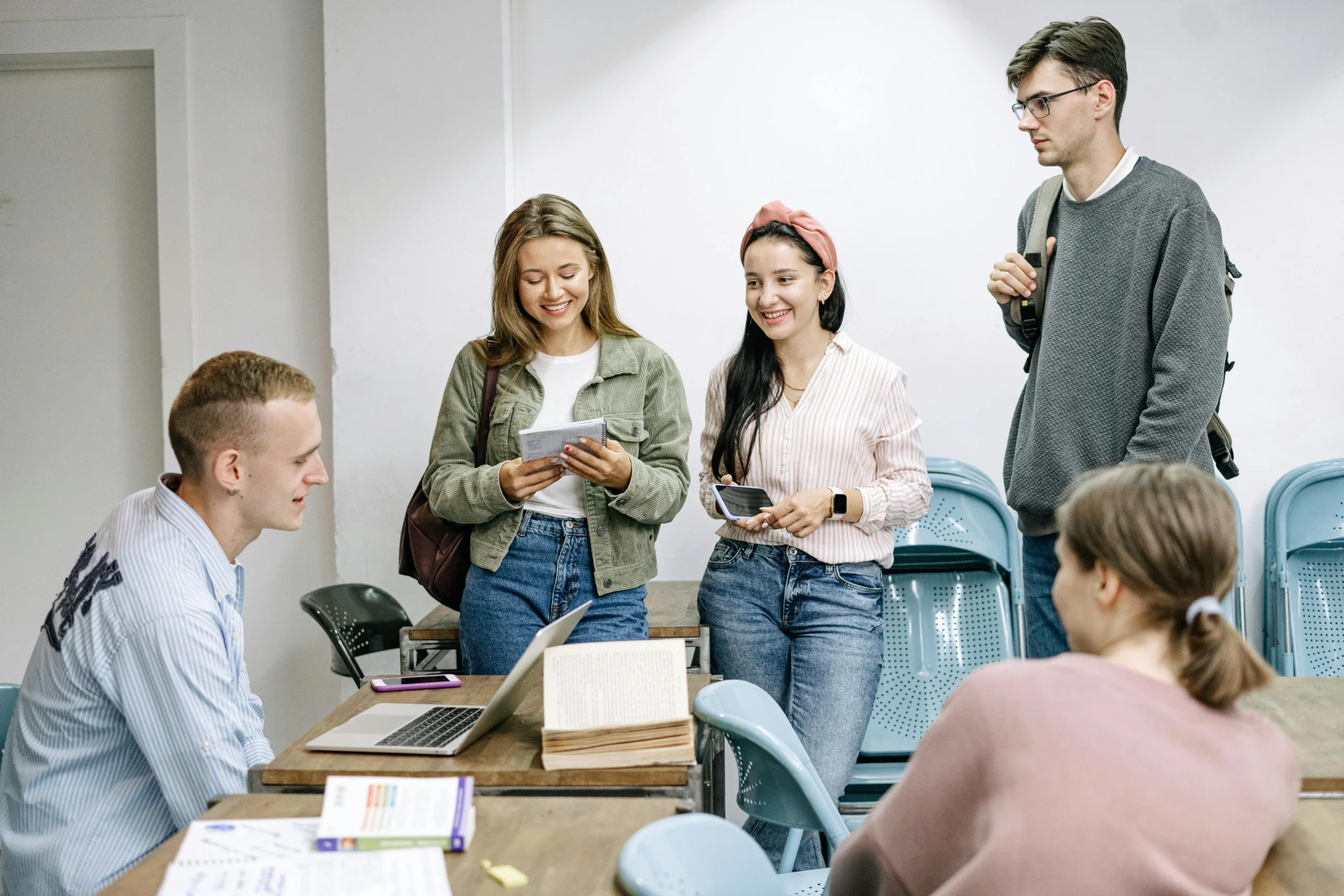It was a rainy Thursday afternoon when Maria, a retired teacher, walked into the local library for what she thought would be an ordinary volunteer session. Instead, she found a room full of teenagers gathered around digital tablets, collaborating on a virtual reality project about their neighborhood’s history. This wasn’t the classroom environment she was used to this was something entirely different. This was a glimpse into the cutting-edge approaches to community education that are rapidly transforming how people learn and connect. In this article, we’ll explore the innovative methods redefining community education, how they empower local populations, and the global trends pushing these approaches forward.
Understanding Community Education Today
Community education refers to organized learning opportunities provided to people of all ages outside the traditional school setting. It’s rooted in local needs and involves community members in shaping and delivering education.
Why Traditional Models No Longer Suffice
Conventional educational models often struggle to meet the diverse and evolving needs of community members. Today’s challenges from economic inequality and digital divides to rapid technological changes require more responsive, inclusive, and flexible educational methods. This has led to a growing interest in cutting-edge approaches to community education that prioritize innovation, accessibility, and collaboration.
Technology-Driven Learning in Communities
Digital Hubs and Maker Spaces
Many urban and rural areas are now investing in digital hubs and maker spaces. These are physical or virtual spaces where community members can access high-speed internet, digital tools, and training in everything from coding to 3D printing. According to a 2023 report by the National Coalition for Digital Inclusion, over 60% of community learning centers in the U.S. now offer some form of maker education or digital literacy program. These spaces have become vital in closing the technology gap, especially in underserved areas.
Virtual Reality (VR) and Augmented Reality (AR) for Local History and Skills
One standout innovation is the use of VR and AR in local education. Programs like “Walk Through Time” allow learners to experience historical events or explore local environments in immersive ways. These technologies promote engagement, storytelling, and hands-on interaction essential ingredients for impactful learning.
Collaborative and Peer-Led Models
Peer Learning Circles
Peer learning circles are small groups where individuals come together to share knowledge, experiences, and resources. This model thrives on mutual respect and community contribution. Organizations such as Popular Education Network have used this format effectively to tackle subjects ranging from financial literacy to climate justice. These models are not just effective but empowering. They allow community members to become educators themselves, fostering a shared sense of ownership in learning processes a core principle of cutting-edge approaches to community education.
Co-Design with the Community
Another notable trend is the co-design of curriculum and activities. Institutions are increasingly involving community members in designing educational programs. This ensures that content remains relevant, culturally sensitive, and rooted in real-world issues faced by the learners. For example, the Detroit Learning Collaborative partners with local artists and youth groups to develop courses on urban agriculture, storytelling, and media literacy all created by and for the community.
Lifelong Learning through Micro-Credentialing
Stackable Credentials and Skill Badges
In today’s job market, traditional degrees are no longer the only path to professional success. Micro-credentialing allows learners to earn certifications for specific skills such as digital marketing, basic coding, or health care assistance that can be stacked toward larger qualifications. Platforms like Coursera, edX, and Skill share are collaborating with community centers to offer these programs free or at discounted rates. These are excellent examples of how cutting-edge approaches to community education are making lifelong learning accessible and relevant.
Partnerships with Local Employers
Educational programs are increasingly developed in partnership with local businesses. This approach ensures that the skills taught are aligned with job market needs. For example, a rural community in North Carolina partnered with nearby hospitals and manufacturing plants to deliver targeted training for medical assistants and machine operators. This form of responsive education boosts employability and strengthens the local economy.
Mobile and Pop-Up Education Models
Learning on Wheels
One striking innovation is the rise of mobile classrooms vans or buses transformed into moving educational units. These bring internet access, books, tablets, and skilled facilitators directly to neighborhoods with limited resources. In 2022, the Books and Bytes Mobile Initiative reported a 40% increase in participation from youth living in remote areas, thanks to their weekly learning tours.
Temporary Pop-Up Classes in Community Hotspots
Pop-up classes held in parks, community centers, and even grocery store parking lots are making education more approachable. Whether it’s a workshop on healthy cooking or a digital literacy session, these events bring learning directly into people’s daily routines. Such flexible methods are excellent illustrations of cutting-edge approaches to community education, as they reduce barriers related to time, transport, and intimidation often associated with formal institutions.
Inclusion, Accessibility, and Equity at the Core
Multilingual and Cultural Programming
For community education to be truly inclusive, it must recognize and honor diversity. Bilingual instruction, culturally responsive curricula, and translation services are now more common in community centers across the UK and USA. An example is the Camden Cultural Learning Project in London, which provides tailored programs for immigrant communities, using both native and English languages to teach digital skills, UK law, and civic engagement.
Serving People with Disabilities
Universal design in education (UDE) is increasingly being adopted to ensure people with physical, sensory, or cognitive disabilities can fully participate. From screen readers to sign language interpretation, accessibility is becoming central to cutting-edge approaches to community education. Organizations like Enable Tech Access are leading this charge, helping local educators design programs that are inclusive by default, not as an afterthought.
The Role of Data and Feedback in Continuous Improvement
Data-Informed Decision-Making
Data analytics are now playing a vital role in shaping community education. By tracking attendance, performance, and feedback, program designers can make adjustments in real-time. Dashboards and learning analytics tools help facilitators understand which modules are working and which need revision.
Community Feedback Loops
Feedback isn’t just about numbers. Qualitative feedback from interviews to town halls is essential for refining programs. The best initiatives treat community members not as “clients” but as co-creators. This emphasis on responsiveness and adaptability is key to what makes these models cutting-edge approaches to community education.
Table: Comparison of Traditional vs. Cutting-Edge Community Education Approaches
| Feature | Traditional Model | Cutting-Edge Model |
|---|---|---|
| Curriculum | Top-down, standardized | Co-designed, community-driven |
| Delivery Format | In-person classroom | Hybrid, mobile, virtual, pop-up |
| Technology Integration | Minimal | High – VR, AR, mobile apps, data dashboards |
| Accessibility | One-size-fits-all | Multilingual, UDE principles applied |
| Recognition | Formal degrees only | Micro-credentials, digital badges |
| Engagement | Passive learning | Active, peer-led, project-based |
Conclusion
As global and local challenges evolve, education must evolve with them. Communities are no longer passive recipients of knowledge they are becoming innovators, leaders, and co-creators of their own learning ecosystems. From VR classrooms to peer-led skill-sharing groups, these cutting-edge approaches to community education are not only bridging gaps but building resilient, informed, and empowered communities. So, the question remains: how can your community take the next bold step in redefining the way it learns?





